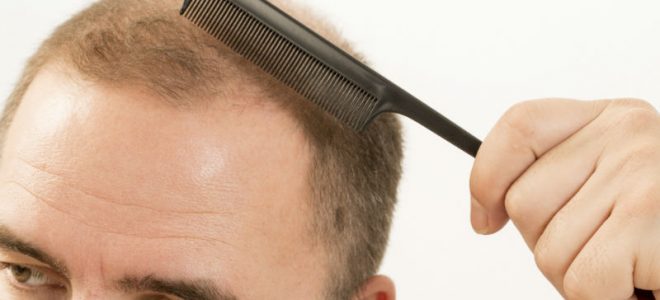By age 35, a significant portion of both men and women will suffer some degree of noticeable hair loss. Knowing this, it’s easy to understand why so many Pennsylvanians search for hair restoration in PA solutions. Unfortunately, for years the market has been flooded with ineffective solutions. This piece aims to clear the air and discuss a few effective hair loss treatments that produce real results.
Non-surgical treatments
Medication
There are two preventive hair loss medications approved by the US FDA: minoxidil, sold under the brand name “Rogaine,” and finasteride, sold under the brand name “Propecia.” Propecia acts by inhibiting the conversion of the common male hormone testosterone to dihydrotestosterone (DHT) — the hormone responsible for male pattern hair loss in susceptible patients. Finasteride is only indicated for male patients, and most doctors recommend using it for 6-12 months before assessing its efficacy. The mechanism by which minoxidil fights hair loss is poorly understood. It may be related to increased blood flow, a change in inflammatory molecules called prostaglandins, or something entirely different, but it has shown efficacy. Minoxidil can be used by both men and women. While preventive medications are helpful and should be in investigated by all hair loss sufferers, they are limited and often surgical hair restoration is required.
Surgical Treatments
Surgical hair restoration PA
Hair transplant surgery, also known as surgical hair restoration or hair transplantation, can be performed two ways: Follicular Unit Transplantation (FUT), or the “strip” technique, and Follicular Unit Excision (FUE). During the FUT procedure, a small strip of skin is removed from the safe donor area (on the sides and back of the scalp), divided into individual follicular units (follicles) under microscopes, and then transplanted individually into the bald or thinned areas. During the FUE procedure, small tools are used to individually cut around follicular units from the donor region, which are then plucked free, examined under microscopes, and implanted in the bald and thinning areas just like in FUT. While both procedures have pros and cons, FUT is the industry gold standard and typically most effective.
Curious about hair restoration options? Visit web to speak with Dr. Bloxham and Dr. Feller about restoration your hair.



